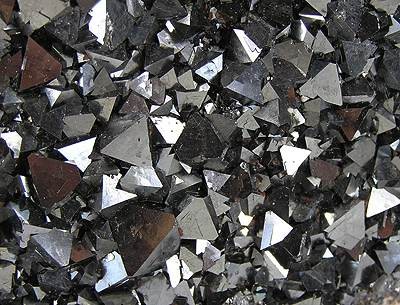The principal minerals present in the Wateranga unconsolidated deposit are Ilmenite, Feldspar and Apatite with lesser quantities of Zircon, Corundum and Rutile.
The hard rock deposits contain a similar suite but also contain significant quantities of magnetite.
Ilmenite:
A major raw material used in the manufacturing of titanium pigments and metals. Ilmenites occur with varying Titanium Dioxide contents (TiO2) which determine whether they are suitable for processing via the chloride route or the sulphate route. Wateranga ilmenite contains +50% TiO2 and its low chrome and general chemistry make it a preferred sulphate route feedstock which is in high demand globally.
Magnetite:
A major Iron Ore mineral used as a feedstock for steel production. Also used as a heavy medium in the coal washing industry where it attracts a premium price. Wateranga magnetite contains 68-70% Fe and is thought to be suitable for both applications.
Zircon:
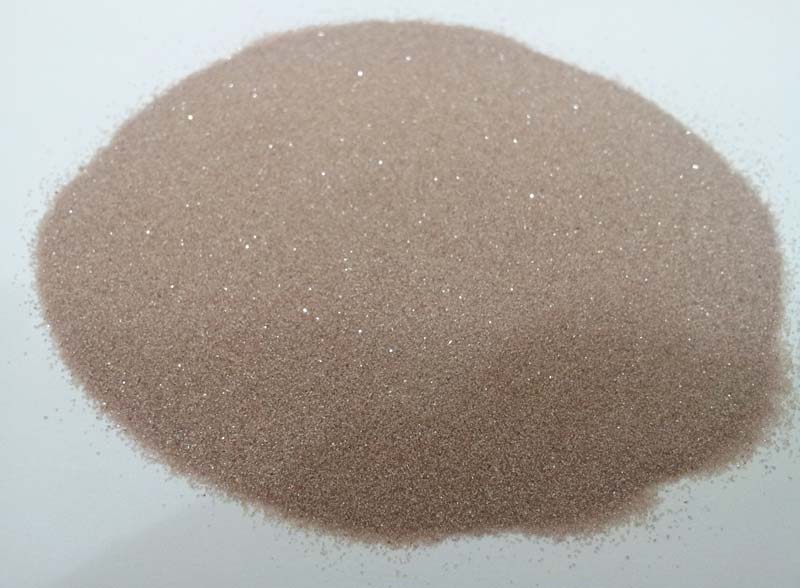
Used in the ceramics and chemical industries, it is also, increasingly, being used in the manufacture of high strength alloys and in fuel cells. The zircon at Wateranga is believed to have the lowest Uranium and Thorium content of any minable deposit in the world at 150 ppm making it a highly desirable product.
Feldspar:
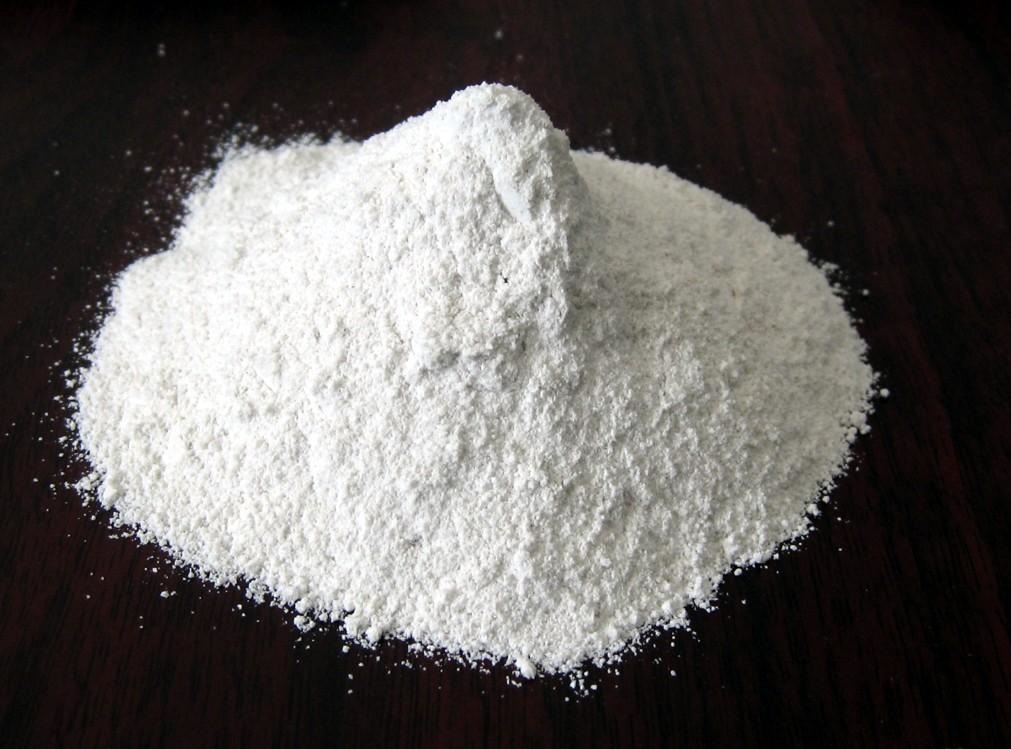
A mineral composed of silica, aluminium and alkali elements. Feldspar is mainly used in glass manufacturing and ceramic products. HTL’s feldspar specification has a high content of aluminium oxide (Al2O3) and offers glass producers a new source of Al2O3 at a lower cost.
Apatite:
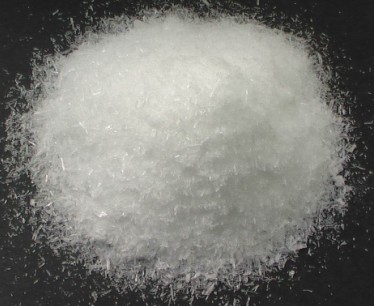
A natural source of phosphate for phosphoric fertilizers and animal feed. Demand for natural agricultural products in preference to synthetic alternatives is increasing significantly. Wateranga has a very high average phosphorus content at +38% P2O5 compared to other phosphorus minerals. Large areas of the deposit are able to yield >44% P2O5.
Corundum:
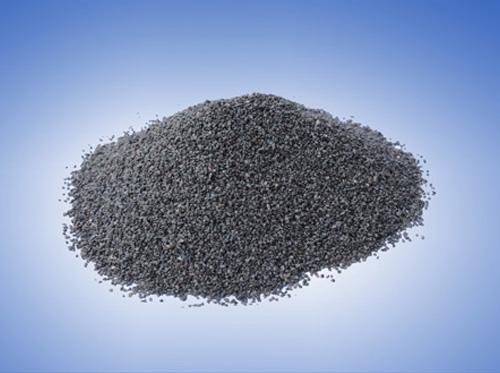
Is with the exception of diamond, the hardest mineral known and is used as a high quality abrasive. Occurs in the deposit at up to 1.8%. Market demand for quality material with suitable grain size is strong.
Rutile:
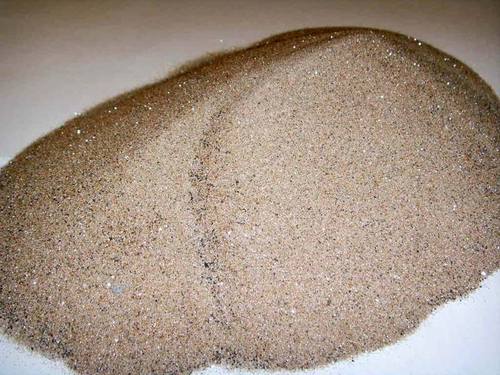
Rutile is the most abundant of three naturally occurring forms of titanium dioxide. It is a commercially important titanium mineral. Rutile is also industrially used as as a white pigment for paint, as a ceramic glaze, and in optical equipment.


